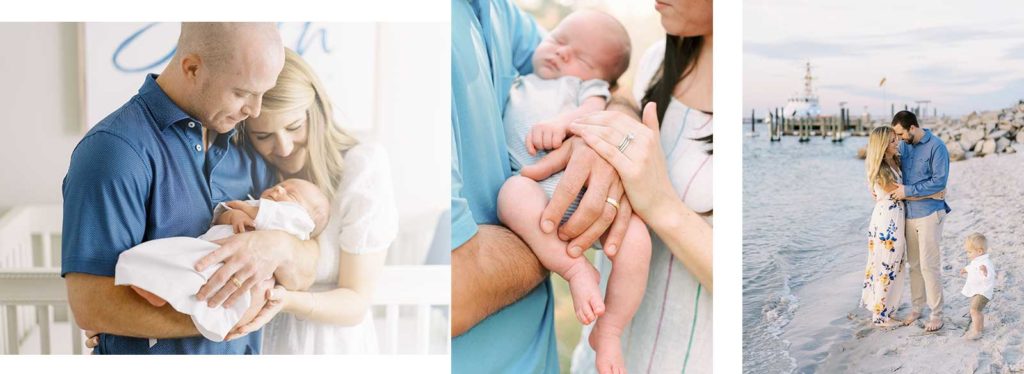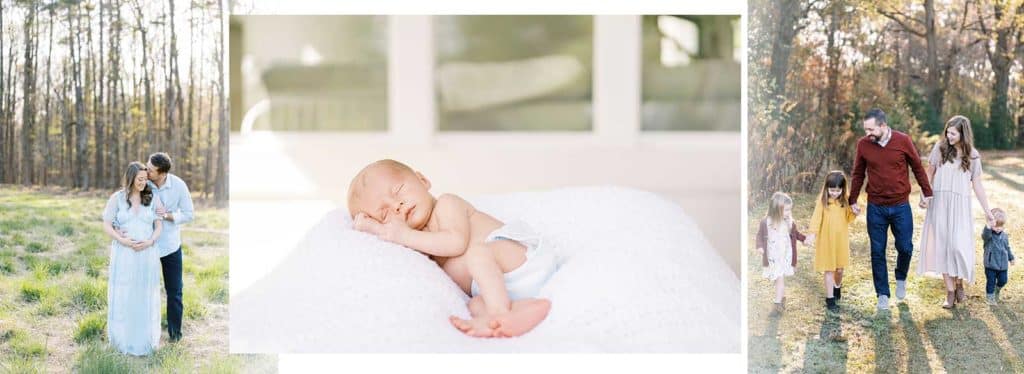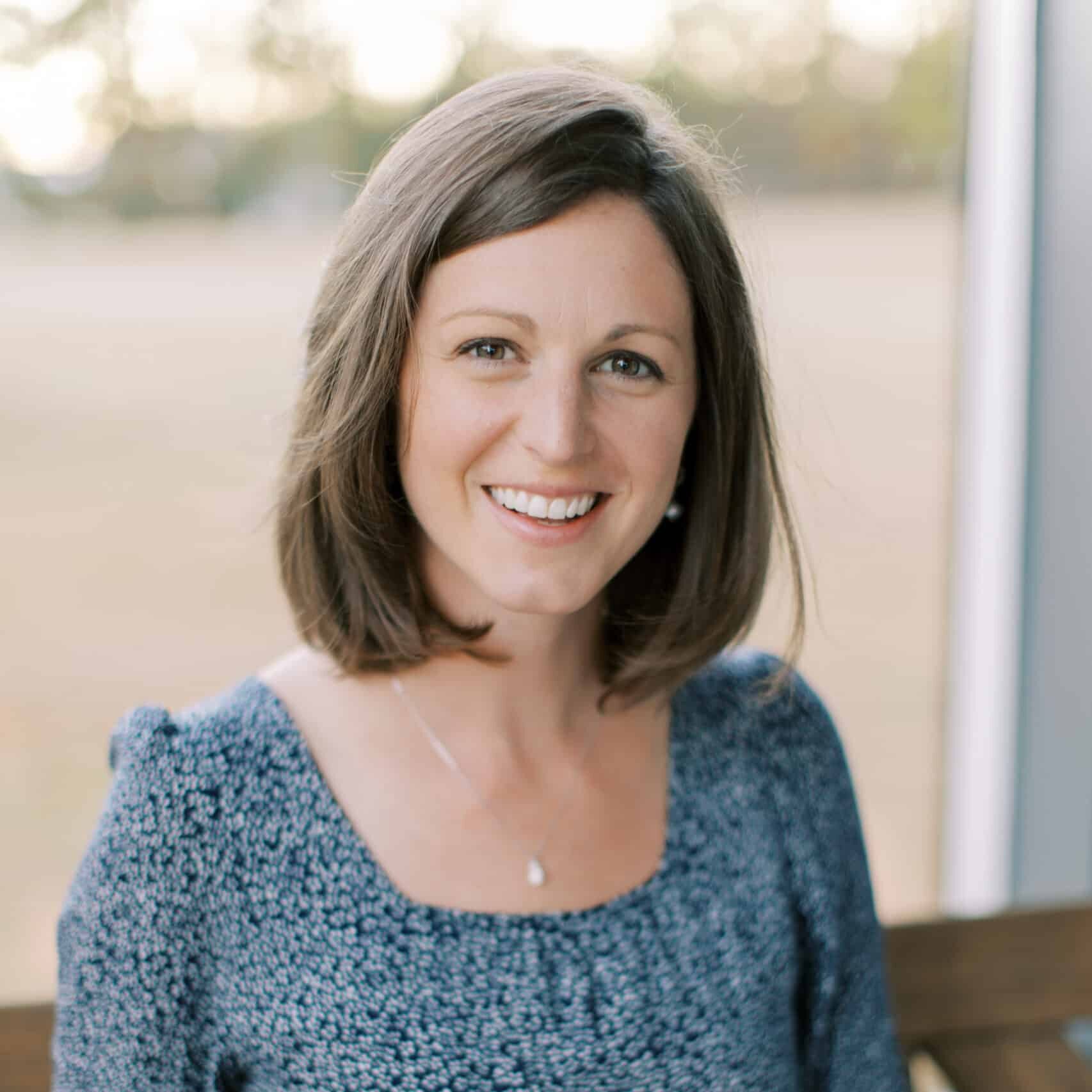How do you know when you’ve become a professional photographer?
August 13th, 2021
I once asked a classroom full of students – all aspiring to be professional photographers – “What makes you a pro?” The responses I received varied to some degree, but they all basically revolved around money.
Making a certain amount of money. Making enough money that you don’t need a part time job or supplemental income. Having regular bookings and a steady stream of income. Being able to charge the rates you want without anybody questioning you.
I was honestly a little shocked. Guys. Money. Is that it? Is that all it takes to be a professional? Sure, making money is a pretty crucial part of bridging the gap from hobby to career, but let’s talk about what gets you the money, and to that end, let me challenge you: it’s not that money-tree that makes you a pro, but the deep, sturdy roots that grow a big, fat, healthy tree.
These six “roots” will help you become a pro:
- Master your craft and have a thirst for more.
- Establish a brand.
- Have a clear, professional client process.
- Communicate like a professional photographer.
- Deliver a final product that is high quality and consistent.
- Pay attention to client testimonials and referrals.
Let’s dive into those roots and learn how to become a professional photographer, shall we?
1. Master your craft and have a thirst for more.
This one should be a given, but if you’re going to be a professional photographer, you need to master your craft. You need to be able to shoot manually with a strong understanding of appropriate settings for various lighting situations. You need to be able to rapidly adjust your exposure in the most effective and efficient way, and to have a good understanding of why you did what you did. Why would you increase your ISO instead of slowing your shutter, for example? (Not sure? Read this next to learn how to get away from auto settings.)
There’s tons of tweaks and changes and choices you’ll need to make with your camera in the moment, so you need to know the lingo, know your camera, know what to do with the people in front of your camera – and it all needs to be pretty seamless. This takes practice, practice, practice.
And once you get there – to that point where your fingers move around your camera like they have tiny brains of their own – you’re really not done. Not because you’re not good, but because you have an insatiable appetite for being better and learning more. Maybe you want to cross from film to digital, or digital to film. Maybe you want to learn a new genre or a new subset of the business, and challenge yourself in a new way. The thirst for more isn’t something you necessarily need to become a professional photographer, it just happens to be a common denominator worth mentioning for those who have that itch to go pro.

2. Establish a brand.
If you want to be a professional photographer, you need to have a legitimate brand. I’m not talking about a cute little logo you whipped up in Photoshop, I’m talking about a foundation for your business that shapes and molds every decision and every aspect, from aesthetics to operations. Google “how to brand yourself as a photographer” for a treasure trove of DIY tips (easier on the budget, harder on the brain). Or, if you’re okay spending a little money and prefer to not give yourself a stroke, hire a Designer and Branding Specialist to guide you through the heart-work of branding your business.
3. Have a clear, professional client process.
If you want to feel like a professional, and you want clients to treat you like a professional, you need to present yourself as a professional from first touch to last.
Let’s talk “First touch”: What’s the first thing your potential client sees in regards to you and your work? If your answer is, “Can’t be a website because I don’t have one”, stop what you’re doing – bookmark this page to come back to, and make that priority number one in this process. You should, without a doubt, have a professional website that is easy to navigate and beautifully displays a portfolio of your best work for any potential client to see. On your website should be a short “Inquiry” form that connects them to you with a few keystrokes and a click of the mouse.
Once you’re in touch, it’s up to you to deliver additional professional looking resources. The days of you firing back an email that lays out your pricing via wordy text are over; your client wants a clear, beautiful, addresses-all-questions-at-a-glance Investment Guide to peruse, so have one ready to send within 24 hours of receiving their Inquiry.
Once you’ve got them hooked and you’re ready to reel them in, you need a professional way for them to pay, which means having a booking software that makes client payments as convenient and easy as checking out on Amazon. No more collecting cash on session day or reminding them what they owe in advance – your booking software should handle all of that for you.
And for all of this – first touch through gallery delivery – be on-brand!

4. Communicate like a professional photographer.
I want to say, “Duh”, here, but I know that sometimes despite the best of intentions, we can all be pretty lax with this. So, I’ll state it plainly for the record: In your communication, always be polite, clear, informative, and confident. In case you hadn’t noticed, clients do place a lot of weight on how you communicate, and they will actually feed directly off of your confidence – this starts long before you ever meet them face-to-face.
It should go without saying, but avoid typing or talking in a way that is completely unprofessional: don’t use foul language, avoid fragments and unnecessary shorthand, and always proofread to make sure you’re coming across the way you should be as a professional photographer vying for someone’s business. And, always remember to respond promptly! This makes you look good and you’re much more likely to secure a lead if you respond within 24 hours than if you wait.
5. Deliver a final product that is high quality and consistent.
When it comes time to deliver your images, you should do so on a platform that makes viewing and downloading the images (if that’s what you want them to do) easy and fun. I remember when I got out of college, I was still delivering images on a CD, and that was a big deal. Print off a label for that badboy, slap it in a nice case, stick it in the mail. Boom. Nowadays, with how technology has progressed, if you aren’t sending your images in a user-friendly, beautiful, on-brand e-gallery… you’re behind the times and definitely not professional.
And let’s circle back to the final product itself – that gallery of images. Are your images consistent? Every image should reflect your brand and your style. Are you including images that are not top-tier images? Discipline yourself to drop any image that is not the best of the best. Do you have 6 billion images in your gallery, as opposed to the 20-30 that you promised in your Investment Guide? Under promise and over-deliver, but never overwhelm your client with too many images; your client does not need 100 images from your family session. If you’re promising 20-30 images for that hour-long session, send your client 35 of your highest quality images.

6. Pay attention to client testimonials and referrals.
What are your clients saying? Their words are reflective of the type of work you do, and usually a good gauge of how professional you are. Do you get more referrals than random inquiries? An increase in referrals means that your clients trust you enough to recommend you to their friends and family, and that’s a great sign that you’re starting to trend on the professional side.
On the flip side, how do you respond to respectful client-criticism? A sign of a true professional is that you can take criticism and that it won’t completely break you down and make you want to quit. Yep, it’ll always sting to hear feedback that’s anything less than “I’m tickled pink”, but that negative feedback can and should always be used for some pretty powerful growth.
Formal education and training are bonuses, but not necessary.
Finally, please don’t get caught up in the mindset that you need a degree or formal training to be a professional in photography – you don’t. Those things can help (because you do need to know what you’re doing), but you absolutely can be a self-taught professional. While I did obtain a Bachelor’s degree in Photojournalism from a 4-year university, I can say with great confidence that I’ve learned more about being a Professional photographer in 10+ years of hands-on experience than I ever did sitting in a classroom. And, finally, one of the best ways to educate yourself is to get a mentor – someone you admire and aspire to, who can take the time to pour into your photography experience. This is often as simple as reaching out to a photographer you admire and asking the question.
And, that my friends, is all it takes. There was a Photojournalism department saying that I remember from when I was in college: If you want to run with the big dogs, get off the porch. In hindsight, I can see why that was a thing to say to a bunch of book-smart, young, aspiring professional photographers. Everyone can be a photographer (literally, there are cameras everywhere), but it takes serious initiative and intentionality to push it to the professional level. If you’re motivated, though, there’s no reason you can’t get off the porch, and run with the big dogs, too.


